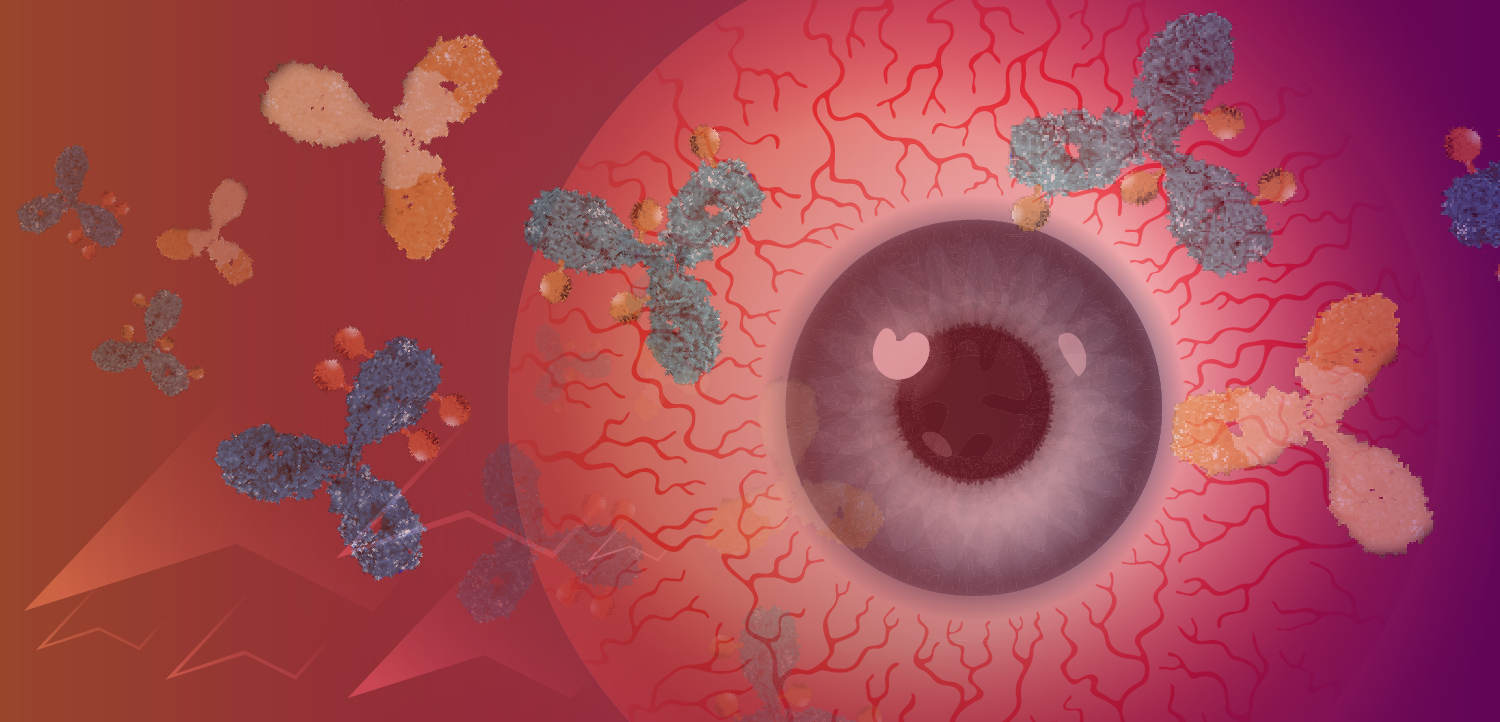Femtosecond makes presbyopic inroads
System's ability to induce flexibility in crystalline lens portends far-reaching effects on future
Femtosecond lasers are gaining attention in the ophthalmic arena because of their ability to bring the precision of refractive surgery to cataract removal and IOL implantation.
Ultra-short-pulse femtosecond lasers, which are making waves in cataract and refractive surgery under the development of three manufacturers, have been shown in the early experimental stage by LensAR to increase crystalline lens flexibility, resulting in restoration of the lens' natural accommodative power.
As one of the founders and developers of the LensAR system, I was integrally involved in discovering how this technology could be applied to increase predictability and improve outcomes and safety in refractive cataract surgery.
Even earlier than that, however, we found that the three-dimensional cuts that the ultrashortpulse laser performs could increase lens flexibility to restore its natural accommodative power. Further analysis revealed that when the uniquely shaped cuts give rise to structural weakening of the hardened lens, this both changes the shape and softens the lens to allow dis-accommodation under zonular tension.
The system's current and possible future applications, including accommodation restoration, were the subject matter of a discussion group at the World Ophthalmology Congress in Berlin. Professor Thomas Neuhann, Munich, Germany; Dr Thomas Kohnen, Frankfurt, Germany; Dr Joseph Colin, Bordeaux, France; Dr Emanuel Rosen, Manchester, England; Dr Michael O'Keefe, Dublin, Ireland; and Dr Jean-Luc Febbraro, Paris, France, participated in the forum.
The foundation of the system is a proprietary scanning measurement and beam delivery system that precisely maps the eye and the software that controls the measurement and beam delivery system. The scanning system combines the technology of confocal, structured illumination (3DCSI) and the Scheimpflug principle, which offers a wider field of image than conventional optical coherence tomography. The software algorithm then directs the pattern of the laser for optimal precision and efficacy.
With respect to presbyopia applications, to date our research has established that disruption of the crystalline lens with this femtosecond laser system can improve subjective near point of accommodation; improve uncorrected near visual acuity; improve subjective assessment of near vision; and may improve objective accommodation.
Anecdotal reports indicate that patients are presenting at increasingly younger ages requesting cataract removal. This trend suggests an optimistic outlook for both the clinical practicality and positive return on investment of a device that could noninvasively preempt or delay cataract removal.
Supportive studies.
Newsletter
Get the essential updates shaping the future of pharma manufacturing and compliance—subscribe today to Pharmaceutical Technology and never miss a breakthrough.











































